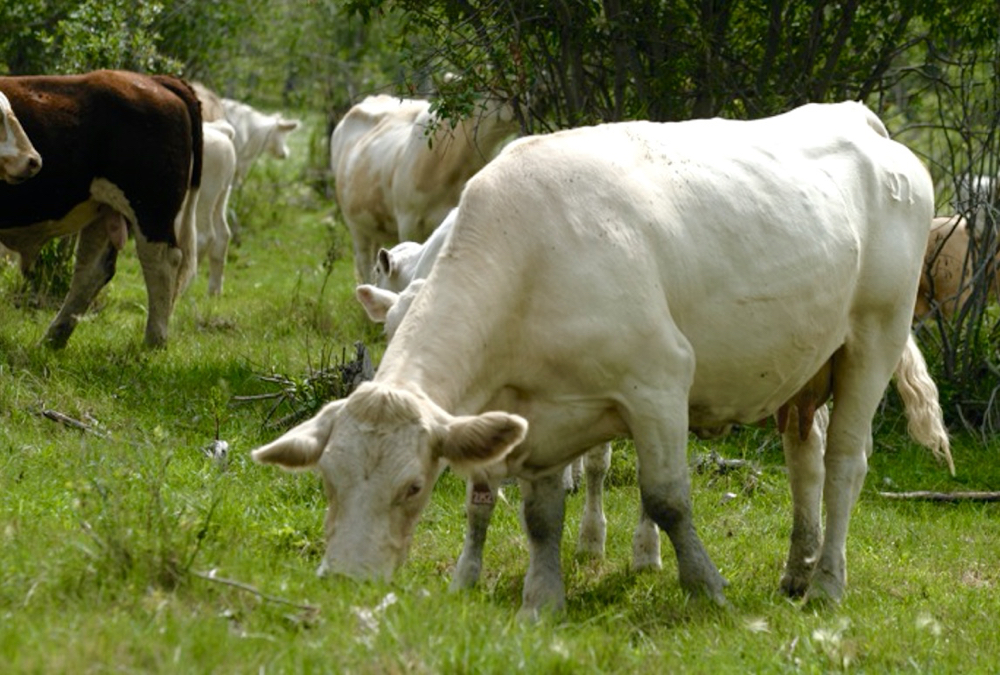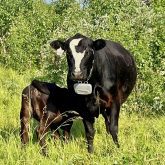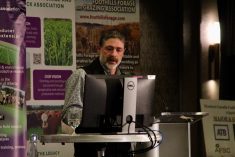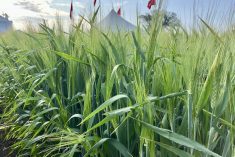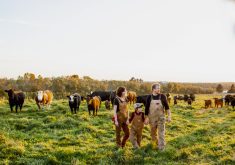I am not a grain farmer, and as many of you know, I do not like monocultures. I also don’t like tillage, or the use of synthetic fertilizer, or the overuse of chemicals. Some say that I am against grain farming. I would like to set the record straight. Our mission statement at Greener Pastures Ranching is “Economic and Environmental Sustainability for Generations.” Traditional grain farming just doesn’t fit our mission statement because it is not sustainable. However, neither do a lot of organic grain farms. Neither practice is regenerative. I am not anti-grain, I am pro-regenerative agriculture.
Read Also
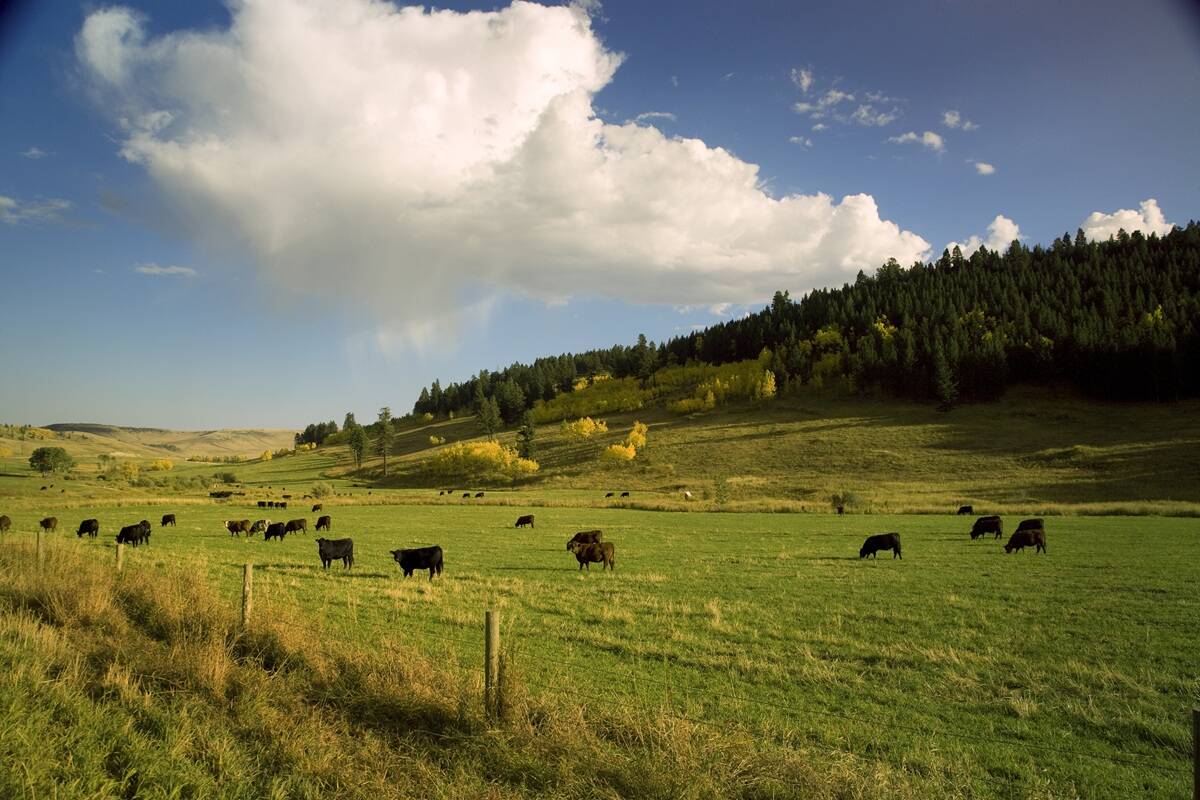
Are you a competitive supplier of weaned beef calves?
Beef farmers and ranchers need to strategically manage costs to achieve and maintain profitability.
There are five principles that I follow in regenerative grazing. Let’s look at these from a grain perspective:
1. I want to harvest the sun to grow my soil. My goal is to take nutrients out of the air and store it in the soil. Photosynthesis allows us to do this. We grow soil faster by having an active living root in the soil for as much of our growing season as possible. Most grain farms use annuals that are only growing for a short period of time. The rest of the growing season the plants are dead. That’s why I graze polycultures. As Gabe Brown says, “Nothing grows soil faster than a well-managed perennial polyculture.”
2. I am also very much against tillage as it has been the biggest single factor in damaging the water cycle throughout history. We need to repair the water cycle. What we need is soil armour to help reduce the runoff, limit evaporation and slow infiltration. Residue left on the soil surface builds our soil armour. Again, not always a priority in traditional grain farming. I don’t ever want to see the soil unless there is a spade in my hand.
3. I want to recycle nutrients. One of my goals on my farm is to stop exporting nutrients. That’s the advantage of using livestock to harvest my crop. Eighty per cent of what goes in, comes out. In a traditional grain operation, you are mining the land and exporting nutrients. It can be very costly to then import these nutrients. Even in a haying operation, you are still exporting a large percentage of the nutrients off your land.
4. I want a polyculture of roots. The more different types of root systems we have, the more diverse the soil biology will be. In addition, the more diverse my insect population will be above ground. Increasing biodiversity is a plus in a regenerative operation. Grain farmers love to try to control a monoculture. In my opinion, a monoculture is ugly, no matter how pretty it looks.
5. I want to build biology. How do we keep our soil organisms happy and healthy? Well, reducing the amount of synthetic fertilizers and chemicals we put out there is a good start. If we can build our biology, then we don’t need to add fertility. My underground employees can get me all the fertility I need.
Why am I not a grain farmer? That is strike five on my score card, but let’s play a game. If I was a grain farmer, how would I be regenerative?
An easy first step would be to “graze fallow.” Remember when it was common practice to summer fallow your field? Many farmers still give a year of rest to their fields by just tilling it over and over. What if we gave our fields a year of rest that actually improved the soil? “Graze fallow” is seeding cropland down to a polyculture cover crop that is grazed for at least one year in your crop rotation, if not more.
There are some great examples of producers doing just that. Brendon Rocky is a potato farmer out of Colorado and in his potato rotation he includes a 16-species cover crop that someone else comes in to graze. He charges them to graze it.
A “graze fallow” helps us have a living root for the duration of the growing season to build soil. It is good for the water cycle. We are recycling nutrients. It creates a polyculture of roots and helps us build biology. Plus, you still have a revenue from your land during your “rest” year with minimal input.
How about interseeding? This could be another small step. We have a trial going right now with the Gateway Research Organization where we are interseeding a polyculture of low-growing plants in a wheat field. The wheat was seeded first, allowed to establish, sprayed for weeds and then a polyculture was seeded between the rows of wheat. GPS technology makes this possible now. We have four different trials: just wheat, wheat with four other species, wheat with eight other species and wheat with 16 other species. The wheat will be harvested with a stripper header and then the other species will be allowed to grow until freeze-up and then grazed.
How did we do regeneratively? A longer season with a living root? Check. Lots of ground cover? Check. Recycling nutrients? Check. A polyculture of roots? Check. Building biology? Check. Sounds like a step in the right direction.
I have one more idea to throw at you. How about a perennial grain? We also have a trial going at the Gateway Research Organization showcasing Kernza, a perennial wheat and Ace 1, a perennial rye. Yes, we now have perennial grains. Wow… Does that solve my issues with grain farming not being regenerative. I can picture these seeded down similar to a hay field with a polyculture of legumes. It will start growing very early in the spring, we would harvest the grain midsummer and then graze the rest. And then do it again the next year without tillage, without fertilizers and without chemicals. And again the next year… and the next. How long does your hay field last? We might be able to make it last even longer with the animals recycling their manure and urine back onto the land. This has a great report card for regenerative agriculture.
Does the game of regenerative grain farming sound like a game you might be willing to play some day? I am currently working with a neighbour implementing some of these ideas on his farm. I am the guy with cattle that will graze his grainland. We have swath grazed full crops and grazed his crop aftermath. He has interseeded a few times and we will be doing a “graze fallow” next year for the first time for a four-year term. Cattle are now a part of his crop rotation.
To set the record straight, I am not against grain farming. I am just against that way it is currently being done. I am all for growing grain, if it is regeneratively managed.


